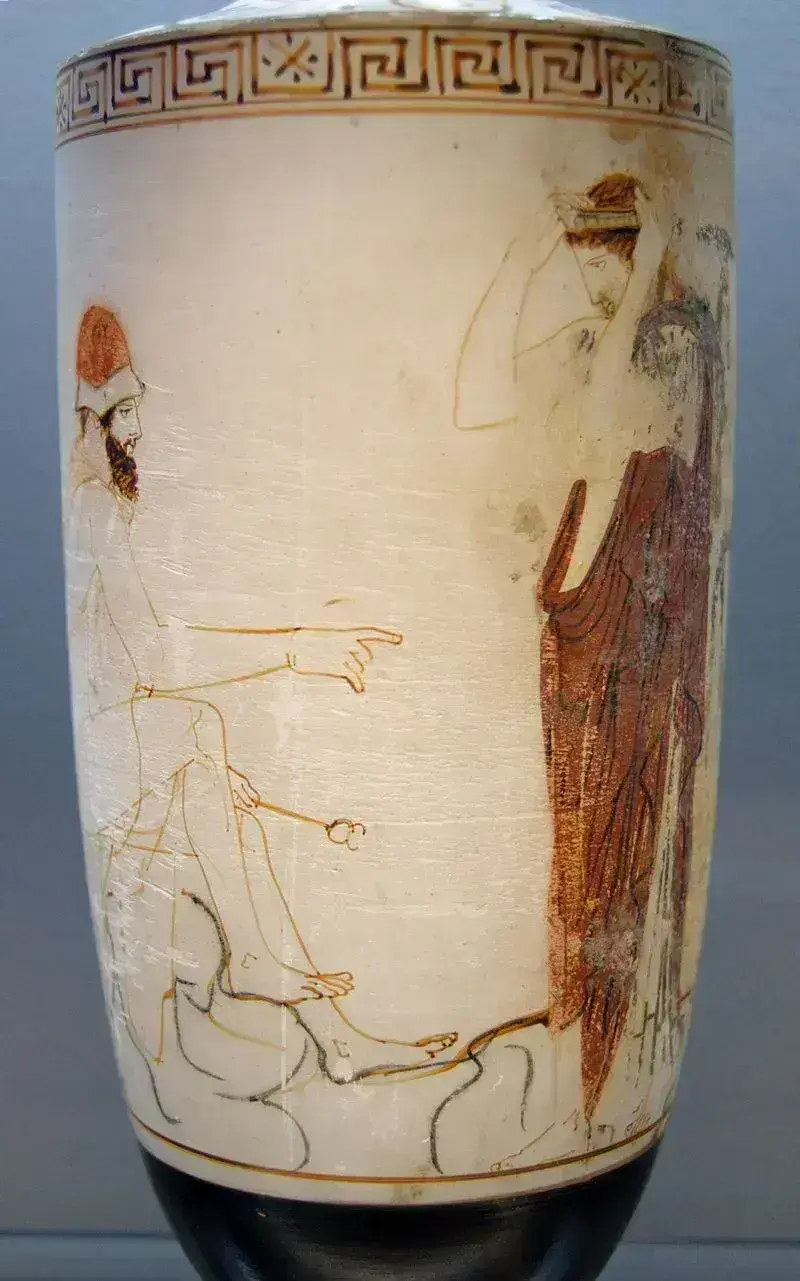Morgan Le Fay

Morgan le Fay (/ˈmɔːrɡən lə ˈfeɪ/; Welsh and Cornish: Morgen; with le Fay meaning 'Morgan the Fairy'), also known by variants like Morgan[n]a, Morgain[a/e], and Morgant[e], is a powerful enchantress from Arthurian legend, typically portrayed as Arthur's sister. Early literature presents her simply as a benevolent goddess or sorceress protecting Arthur, while later works developed her into a morally complex or antagonistic figure. Her character consistently displays an unpredictable duality, capable of both good and evil.
Morgan likely originates from Welsh mythology combined with other ancient and medieval influences. Geoffrey of Monmouth's Vita Merlini (c. 1150) first documents her as leader of nine magical sisters who receives the mortally wounded Arthur on Avalon. Early romances primarily depict her as a healer, while later 12th-century works established her as Arthur's supernatural elder sister.
The 13th-century prose cycles describe Morgan as the youngest daughter of Igraine and her first husband Gorlois, making her Arthur's half-sister. Unhappily married to Urien and mother to Yvain, she becomes Merlin's apprentice and grows into a vindictive adversary of certain Knights of the Round Table, especially hating Queen Guinevere. This tradition portrays her as sexually active with numerous lovers, while harboring unrequited love for Lancelot. In Malory's influential retelling, she schemes to usurp Arthur's throne, indirectly contributing to his downfall, yet ultimately reconciles with him and conveys him on his final journey to Avalon.
Medieval and Renaissance tales often depict Morgan as Avalon's immortal queen. After centuries of relative obscurity, she regained cultural prominence in the 20th and 21st centuries. Modern interpretations frequently conflate her with the Queen of Orkney, making Morgan the mother of Arthur's son and nemesis Mordred.


